The Instituto Ciudad Idea Elche (Icie) is once again emphasising the importance of connecting high-speed and long-distance trains to the Alicante-Elche Miguel Hernández Airport, as it did last year when they launched their plan. They also state that it would meet European standards for an airport of its scale, with more than 12 million passengers annually. The institute is concerned that groups such as Ineca and now Alicante City Council, with the study commissioned by the University of Alicante, are proposing to transform the UA station into a large station, ‘Alicante Norte,’ which they believe would entail “new centralisation”, preventing other cities in the province from benefiting from the rail connection to the airport. They view it as a centralist initiative.
Icie points out that this conversion of the current station would be “one of the central stations in the province because it would cover high-speed, long-distance, and commuter traffic, even connections with the Alicante tram system,” explains Manuel Romero, president of the platform, adding that “it seems that the city of Alicante does not want to assume this role of provincial leadership because it should also look beyond.” Icie finds it “absurd” that the implementation of this change could result in the province having up to five high-speed stations. Currently, stations are located in Villena, Orihuela, Elche, and Alicante.
Also connect the airport with the high-speed
The platform offers a “small one-kilometre branch” at the level of the UA to connect the High-Speed Line (LAV) with the Torrellano Bypass, allowing long-distance trains to reach the airport and Elche. It is a branch “to the north” that they indicate would also connect with the province because, as proposed by Ineca, the president of Icie, Manuel Romero, “the circumstance is that Alicante capital concentrates less than 20% of the total of the province, a situation that is not usual in the rest of the provinces.”
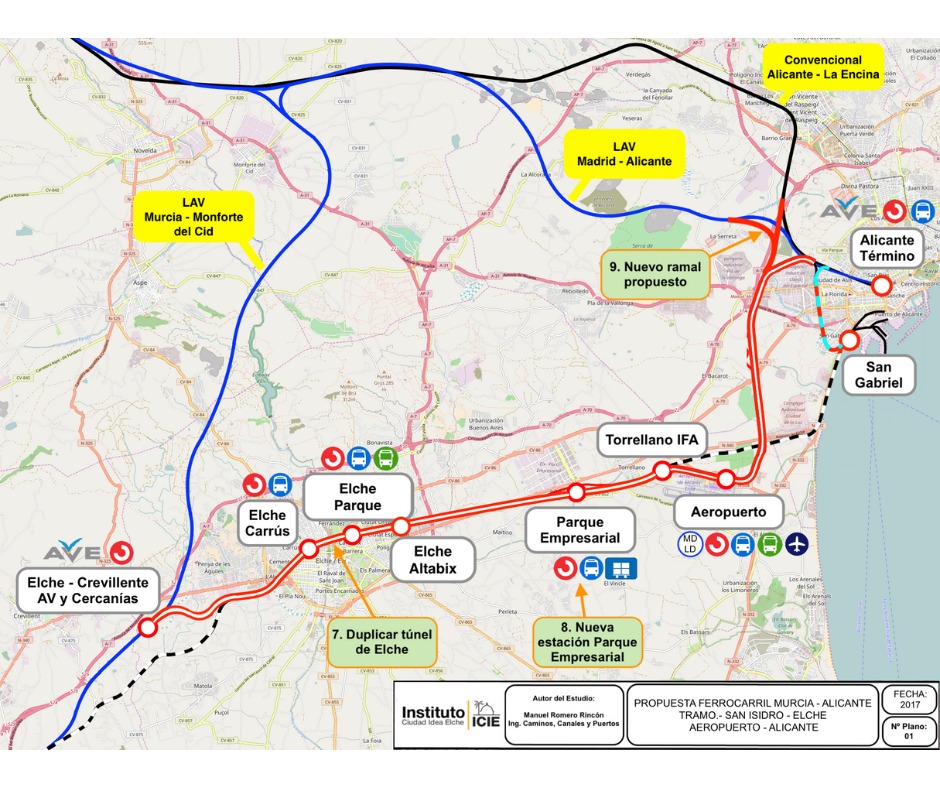
According to Romero, the proposed branch line and connection to the Torrellano Bypass will transform the airport into “the province’s major station,” helping not only tourists but also meetings and the economy. He claims that by establishing this hub at the airport, it will be possible to send commuter trains to Benidorm via the projected coastal train to Orihuela, Torrevieja, Elche, or Alicante.
Some studies are already ongoing, such as the reconfiguration of the Matola station and the projected link to the urban centre of Elche via the recently awarded Cercanías (local) line. It is conceivable to build “an extra kilometre that won’t cost much more.” Romero reminds us that with tenders currently continuing and more to come to complete this stretch of the Mediterranean Corridor, including the Torrellano Bypass, “it is not expected to be finished before 2035.”
For his part, José Manuel Sánchez, a member of the board of directors, notes that this proposal has its own set of needs, “so that the south of the province is taken into account and not just the north,” as noted in the preceding studies. “Alicante is 25 years ahead of us, and these proposals do not follow the hierarchical premise of the general interests of the administrations.”
Altabix station and upgrading the node from San Isidro
Similarly, the platform notes that they have been advocating for the urgent modernisation of the railway line San Isidro – Crevillent – Elche – Torrellano – Airport – Alicante for the past eight years. “Why from San Isidro? Because everything from there to Murcia has already been completely modernised.” The proposal includes several key improvements: electrifying the entire section, converting the track gauge to standard gauge, doubling the track, connecting to the High Speed Line, eliminating level crossings, and establishing a connection to the aerodrome. This effort is already on track, as the project design has been awarded.
Furthermore, they believe that a new station is required in the future Altabix area. Aside from that, the enlargement of the Elche tunnel is critical. “The Cercanías will be successful in reducing the use of private vehicles as long as commuter trains operate at short intervals.” That translates to an average frequency of between 10 and 15 minutes every hour. However, Romero stresses that this is only conceivable if the tunnel is enlarged. “If we don’t do that, it will be a bottleneck.”
Lastly, they note the Ministry of Transport’s consideration of the station in Elche Commercial Park, which will be freight-only due to its closeness to the Torrellano commercial area. “Many of the companies move a large volume of goods by truck.”

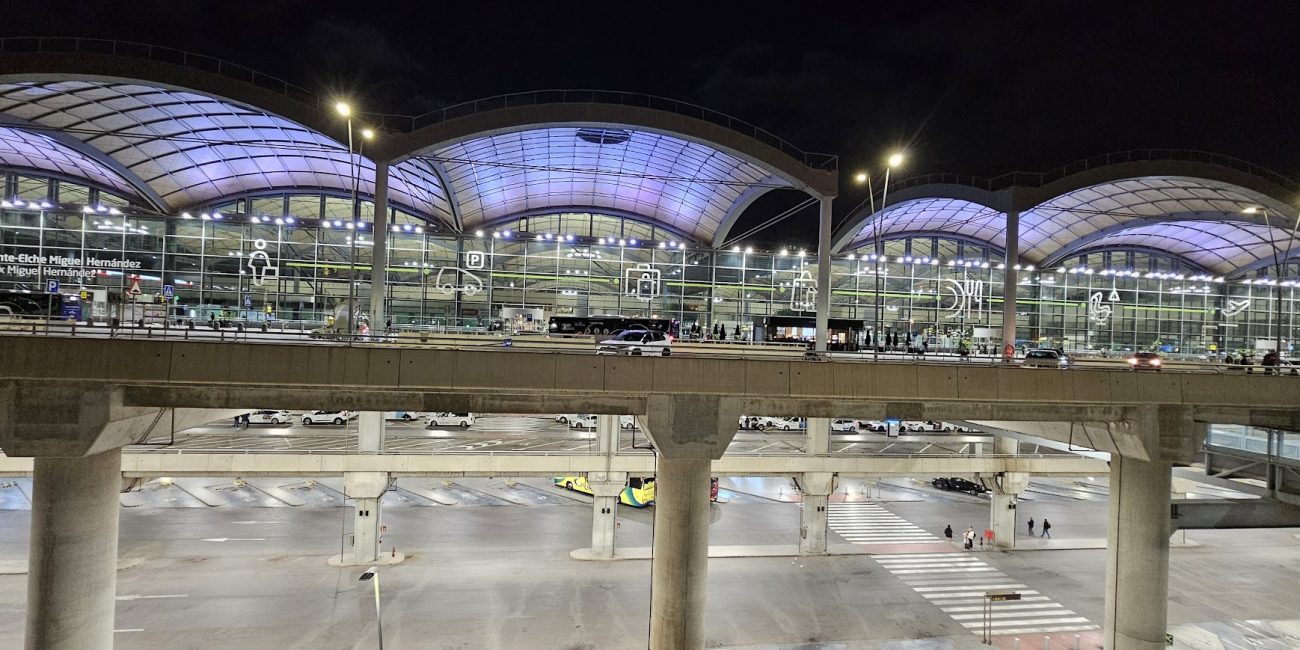



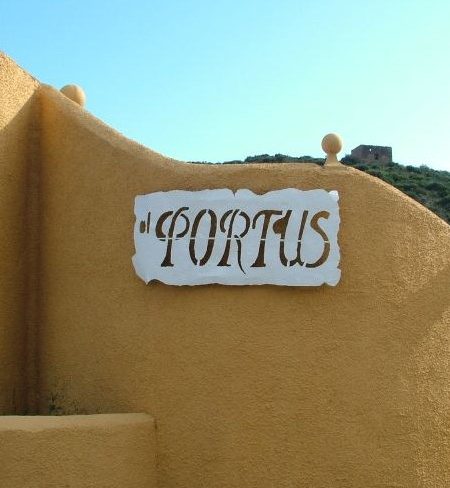

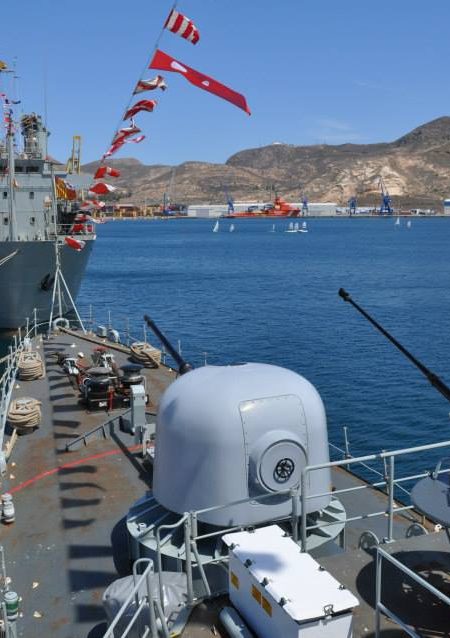
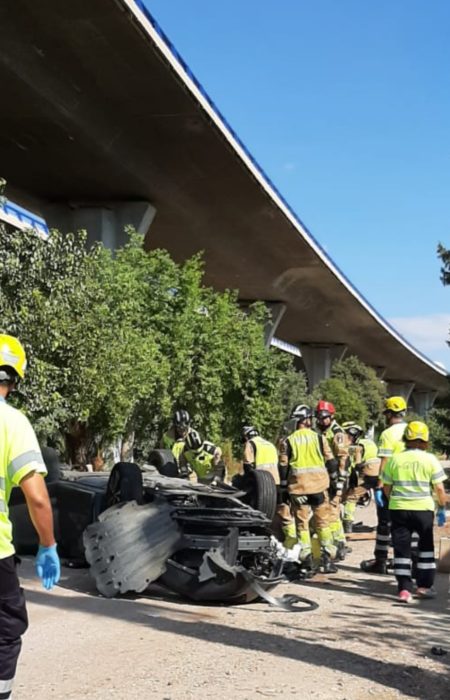
No Comment! Be the first one.